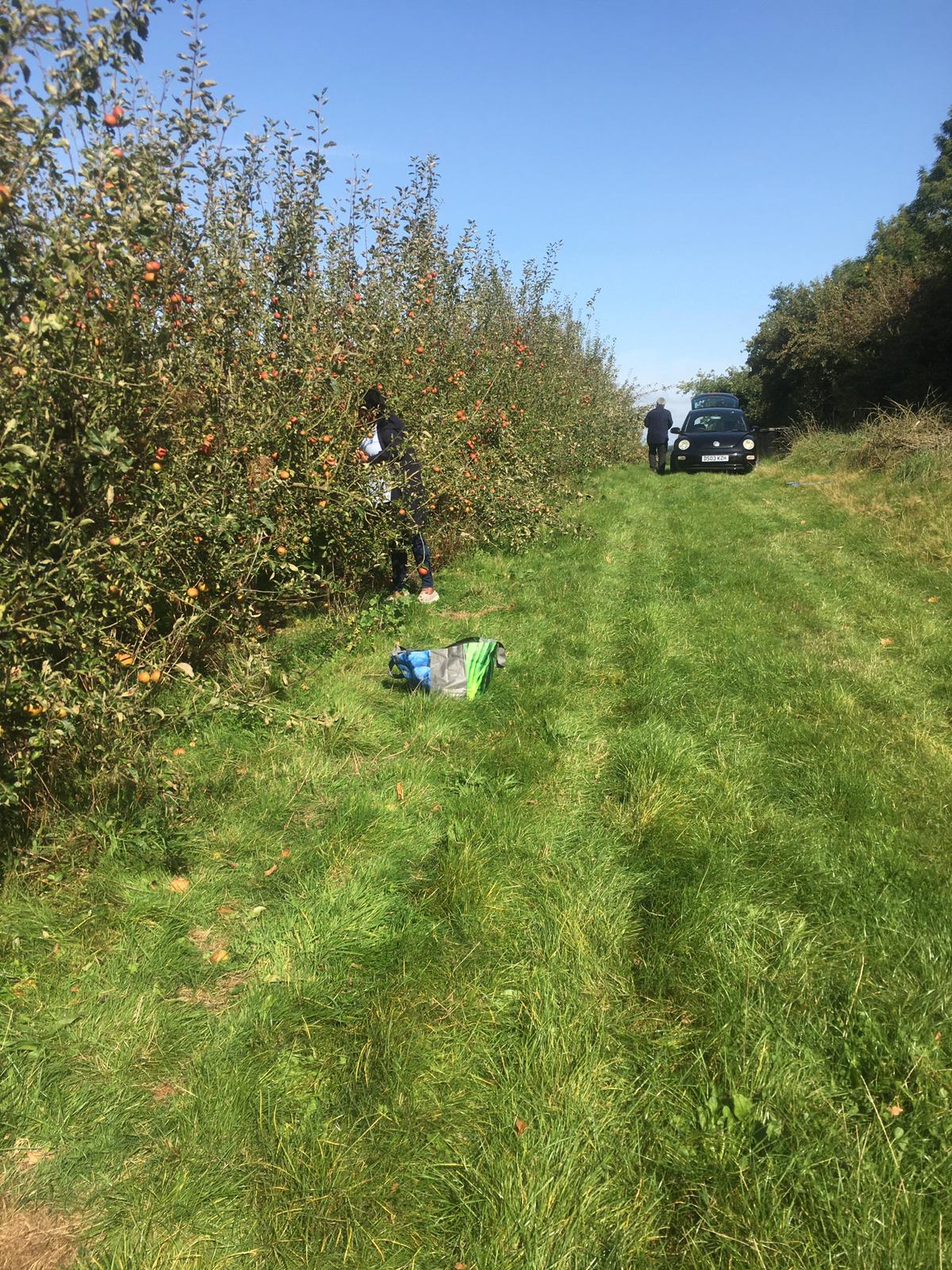Time for Thyme: how to plant, grow, and use organic thyme

If I could only grow one perennial herb, it would be thyme.
Thank goodness nature never imposes a rule like that—beacuse I would miss mint, sage, rosemary, anise hyssop—but still, there’s nothing like sitting in a bed of thyme and running my hands through it, swirling the scent into the air and all around my body. It’s instant calm.
As a student in Wisdom of the Herbs, I remember my teacher Annie sharing an old saying, “who weeds thyme cultivates patience.”
I think it all comes from the scent. There’s nothing quite like the smell of thyme on a sunny summer day to infuse into my lungs and remind me to relax.
Even beyond summer, I keep thyme close. It’s easy to dry: just hang upside-down in bundles, and in a week or two, it’s ready for winter storage. All through winter and spring, I add thyme to meals and drink it in tea.
If you haven’t yet grown this perennial herb, it’s thyme you do.
(I’m sorry, I just couldn’t help myself!)
Thyme takes it time, so start seeds early in the spring, 6 – 8 weeks before your last frost date.
Sprinkle seeds in an open flat on the surface of the soil, and cover lightly with vermiculite or soil.
Once sown, it can take 2 – 4 to emerge from the soil, helping you cultivate patience right away.

{For more on seeding thyme and other perennial herbs, read 4 Perennial Kitchen Herbs to Start Now}
Up-pot thyme into containers once the plants have at least 4 true leaves. I typically up-pot them 3-4 plants per container.
After the last frost, you can plant thyme outside, transplanting them 6 – 8” apart in well-drained soil with full sun exposure. Thyme can grow well in dry soil, though if you live in a very hot climate, it will benefit from partial shade.
How to Use Thyme
Thyme is an aromatic herb that can help with digestion and respiratory issues.
I love it on roast chicken, paired with olive oil, salt, and pepper. In a small bowl, add the salt, pepper, thyme, and olive oil together to make a thick paste, then rub on a whole chicken before roasting.
As a digestive aid, it’s also delicious paired with sage and added to lamb and beef roasts.
Alternatively, sprinkle it in black beans to brighten up rice and beans.
For a simple soothing tea, mix thyme and honey together.
Add 2-3 sprigs of thyme per 2 cups of water. Bring to a boil, then turn off the heat, cover and let steep for 10 – 15 minutes. Add a spoonful of honey to taste.
This is our family’s favorite cold-time tea, made even better by the fact that our 5-year-old son loves it, too.

Do you love thyme, too? What’s your favorite way to use thyme? Let me know in the comments below.
